To watch a full length painting tutorial with Shanna Kunz on Tonalism click here
EXPLORING TONALISM!
Tonalism was developed after 1880 until the late 1920’s. It was a way of using very subtle and harmonious color and values, intending to create poetry over reality. The color and value relationships are close in range, sometimes with a strong contrast in evening or morning light.
“Paint should not be applied thick. It should be like breath on the surface of a pane of glass.” – James McNeil Whistler. Dark, neutral hues such as gray, brown or blue, often dominated compositions emphasizing mood and emotion. Of course, Tonalism was eventually replaced by Imressionism, but has made a comeback in the last 20-25 years. As a painter in training, it is a wonderful tool to simplify – simplify color, values, tones, temperature! And it’s a fantastic way to see things not as they appear!
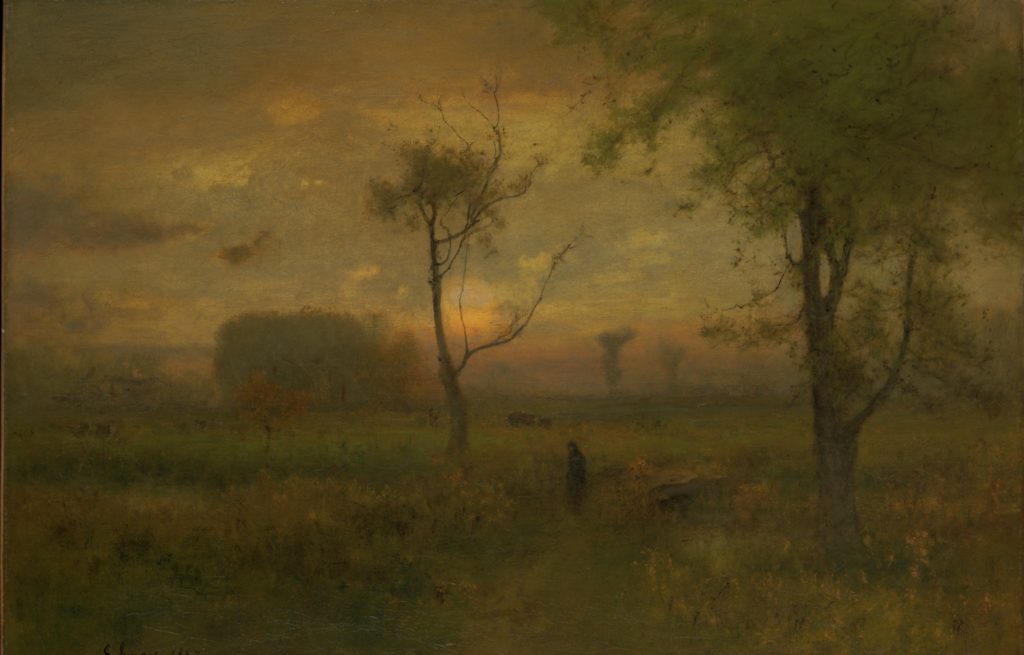
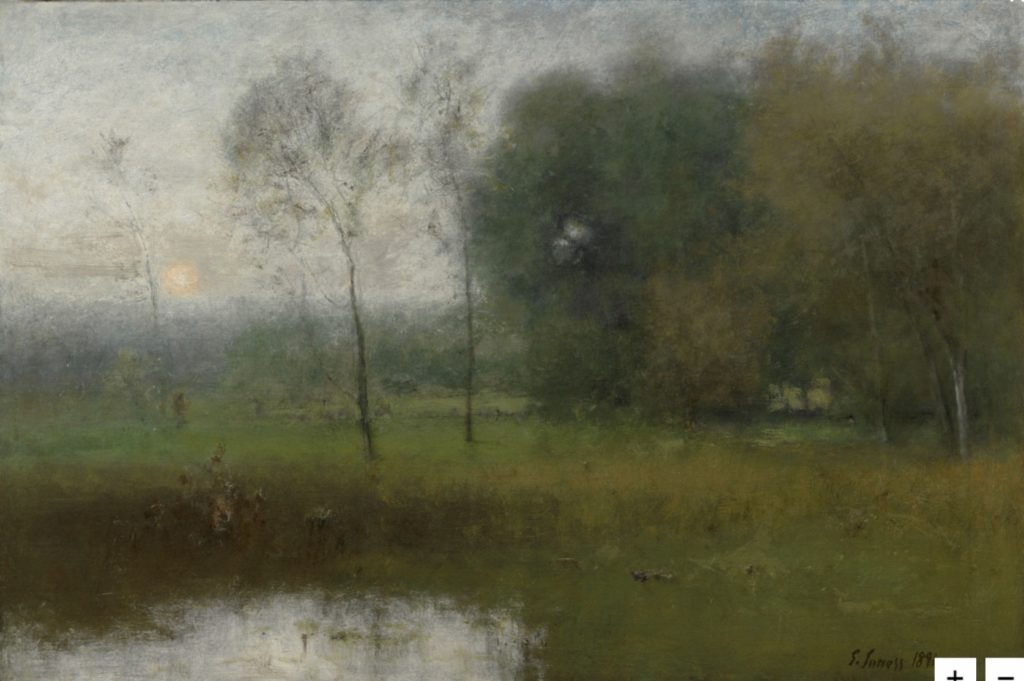
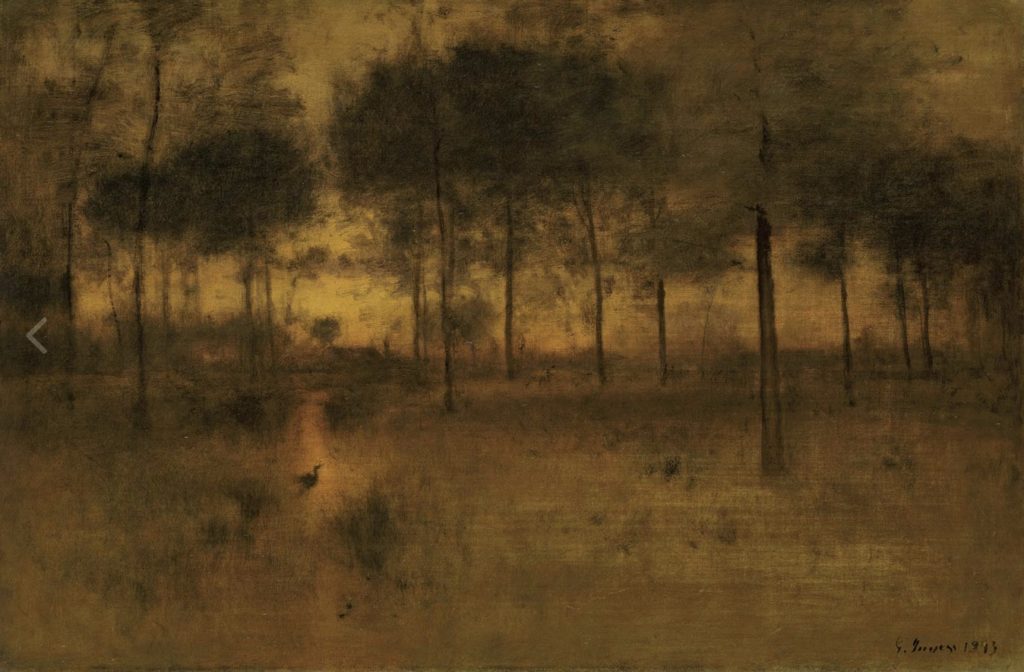
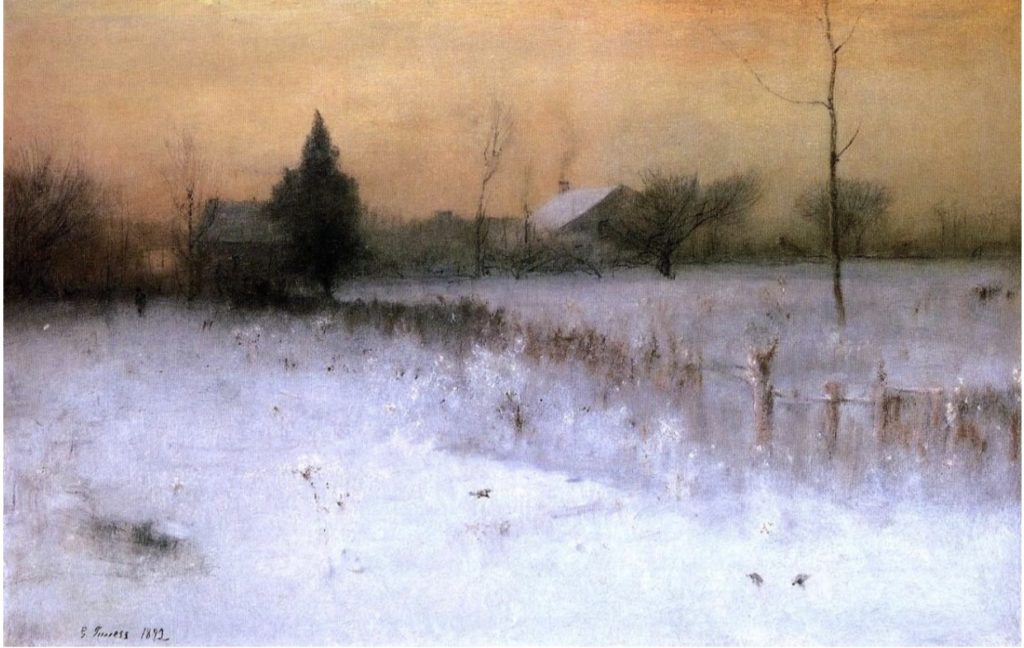
“Like Breath On Glass” Whistler
I studied art at Utah State University in Logan, UT. As I was in my 30’s already and painting full time, I knew exactly what I wanted (and didn’t want) to do. It was an hour drive up and back from my home and I needed to make the most of my experience. My professors were wonderful, their passion for art, art history and authenticity captured my heart and instilled in me an unending drive to make something much more than a pretty picture. I wanted to create work that was honest, skilled and mine, sometimes so bad, I imagined it would never be possible as I was just an ordinary person, a mom, a wife, and certainly not a “genius”. The one thing I had though was this incredible work ethic (thanks mom) and a determination to never give up, never give up.
One of my most valuable tools in school was my university library card. USU had an incredible art library and I decided very early on that I would take advantage of it. Every two weeks I would come home with as many art books as my arms could carry the six blocks I had to walk to get to the parking lot.
It was there I happened on my first look at George Inness. I was at school to study the figure, as it was something that I had initially been decent at. Finding Inness and brought me back to all of my childhood memories of family vacations in the great outdoors – camping! His work was not just landscapes – it was poetry. So much drama, so much color – but in such an incredibly subtle way. I visited an extensive exhibit of his work at the NYC Academy of Design. It forever changed me as a painter!
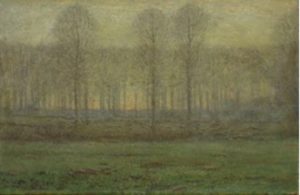
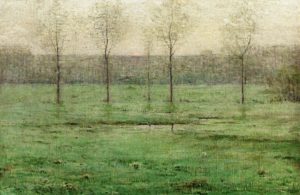
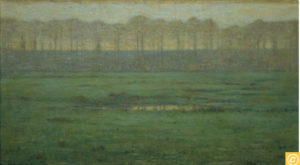
Up Close And Personal
I found out that BYU had scheduled an American Tonalist exhibit just over an hour away from my home. It was there I saw my very first Dwight Tryon. My obsession turned to this Connecticut turned Massachusetts artist. From there I scheduled a trip to The Freer Gallery in Washington DC for the largest collection of his work I had seen, along with the book An Ideal Country. I have studied that book from cover to cover hundreds of times. I had found landscape paintings that expressed what I felt about “my” landscape. I have never gone back to figure – yet! Researching one tonalist painter after another took up years of my life, and I started to develop my own voice.
Early 1900’s American Tonalists
James Abbott McNeil Whistler
Emil Carlson
Sanford Gifford
Charles Warren Eaton
Thomas Dewing
Bruce Crane
Albert Pinkham Ryder
Twachtmann
Burge Harrison
R. Swain Gifford
Francis Murphy
Henry Ward Ranger

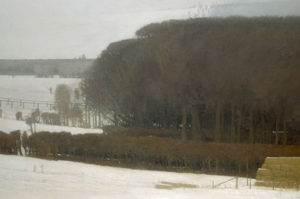
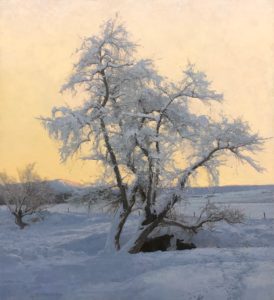

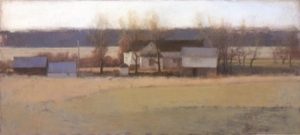
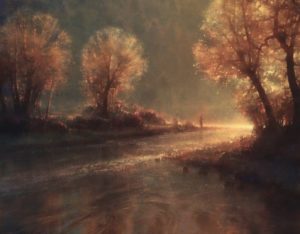

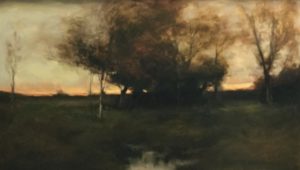


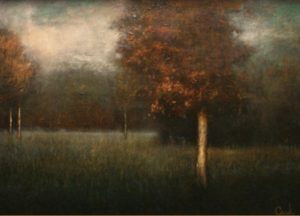

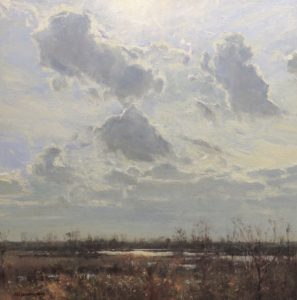
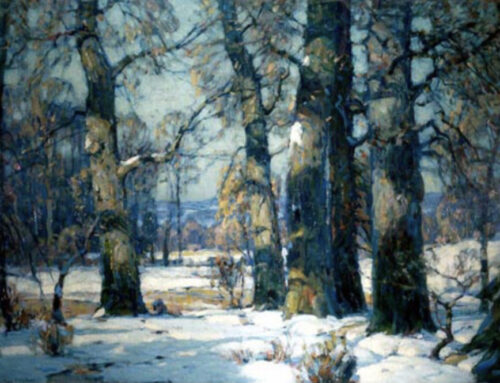
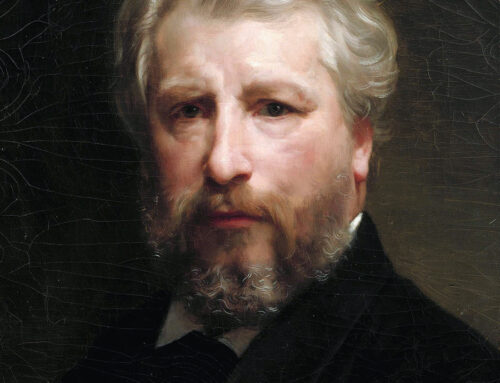
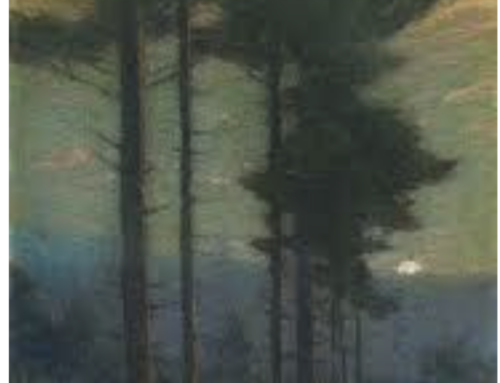
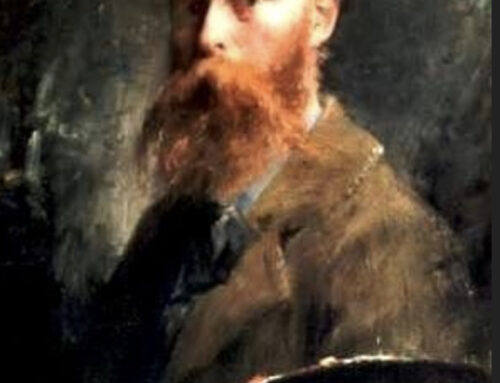
Thanks for posting this totally new way of seeing art (for me). Going to watch your lesson now…I love ? new experiences in painting! Thanks!
Thank you so much for the feedback Lind. We really appreciate it.
Shanna and Elizabeth, It has been lovely. I have learned a lot from each of you. Now, I need to continue painting using what I have learned. After June 17, I will not be using your all access materials. Thank you both so much for such a professional site and teaching. Sincerely,
Judy Sellers
Judy, we understand and are grateful you found it helpful. Come back any time.
I’m so glad you joined us Judy! Please keep us on your radar when you are ready for more!
This lesson was wonderful. I’ve always admired Brent Cotton and Marc Hanson. It’s wonderful how you’ve added the links to the paintings. So much to learn. Thank you
There are so many wonderful tonalists working today! I am thrilled to introduce you all to living artists when I get the chance!
Such a wonderful lesson on Tonalism. I too feel compelled to admire the work of our contemporary tonalist artists. Do you have a suggestion for any books that rate high on your list for further reading and study of early American Tonalists? I am going to order “The History of American Tonalism 1880-1920. Do you have this book and would you recommend it? Are there any other artists to study, even black and white photographers you might recommend? I love how they all seem to keep their compositions so simple with only three to five or under values in their paintings. I really want to learn simplification in my own work. Thanks so much!
Hi Deb! I highly recommend The History of American Tonalism! It’s a HUGE book with more information than one person can possibly absorb! I also recommend “Like Breathe On Glass”, An Ideal Country, Dwight Tryon, any books on Inness, “After Whistler”, “Twilight and Reverie”, Russell Chatham’s book 100 paintings. These are all books that rocked my world! Also, be sure and search J. Francis Murphy and Bruce Crane. Such poetic paintings! As far as photography, check out Alfred Stieglitz (1864–1946), Edward Steichen (1879–1973) and the Pictorialist movement in Photography. Hope this helps!
Shanna